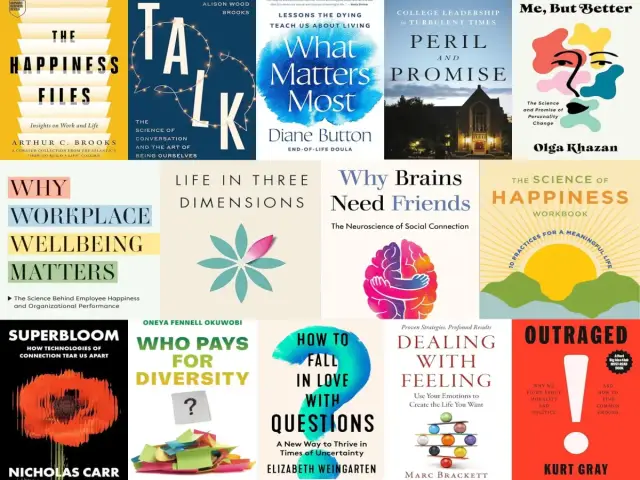“You’re the surgeon. What should we do?”
The energy in the operating room was tense. As an eye surgeon, I was preparing to perform cataract surgery on a frail, elderly gentleman who was becoming increasingly anxious under mild sedation. He was moving, unable to lie still. The nurse looked at me, concerned. “Can we even go ahead?”
I felt the swirl of uncertainty rise. Canceling would mean a delay that could lead to worsening vision loss for this patient—something that could deeply impact his independence and quality of life. Proceeding carried its own risks. In microsurgery, we operate through a microscope—where even the slightest patient movement can appear like an earthquake in the surgical field, with every micrometer at stake.
I took a deep breath and exhaled slowly—not to escape the moment, but to enter it with clarity and calm. I knew I had the expertise to manage what was unfolding. And in choosing to stay grounded, I was able to steady not just my hands—but also the team around me.
And we did. It wasn’t easy—but we worked together, adapted, and completed the surgery successfully.
In the OR, pressure is expected—but the mental toll it takes isn’t unique to medicine. Whether you’re making time-sensitive decisions in surgery, guiding others through critical moments, or managing a crisis in the boardroom, the internal experience of high-stakes leadership can feel strikingly similar.
If you’re in a leadership role—whether you’re a health care professional, an executive, or someone others rely on—then you’ve likely faced moments like this.
The pressure builds. All eyes are on you. And somewhere beneath the surface, your brain starts to race: What if I get this wrong? What if something goes sideways? What if this falls apart?
This is where leadership becomes more than strategy.
It becomes self-regulation.
Why Leading Under Pressure Feels So Hard
In high-stakes moments, our nervous systems do exactly what they’re designed to do: respond to perceived threat. This might look like:
- Reactivity instead of intentional action.
- Mental fog or decision paralysis.
- Irritability, self-doubt, or withdrawal.
We often think the solution is to just push through—but that keeps us reactive. The truth is, we need to train our brains to lead with clarity even when the pressure is high.
So… How Do You Stay Grounded?
In my work as a surgeon, an award-winning medical educator, and national advocacy leader, I’ve experienced my fair share of high-pressure moments. I’ve also had the privilege of mentoring professionals across sectors—people who are working to lead themselves and others through complex systems, demanding roles, and emotionally charged decisions.
Over time, I’ve noticed that the leaders who thrive under pressure don’t necessarily know more.
They’ve simply developed the ability to stay present, emotionally regulated, and values-aligned when it matters most.
That doesn’t mean it’s easy. But it is possible.
Here are three strategies that have helped me and the leaders I support make that shift:
1. Name It to Tame It
When the pressure hits, our emotional brain—specifically the amygdala—can hijack our capacity for clear thinking. One simple but powerful tool is to name the emotion you’re feeling.
- “I’m overwhelmed.”
- “I feel exposed.”
- “I’m frustrated.”
This is the first step in what I call the 3Rs—reflect, reframe, respond—a neuroscience-informed framework I developed to help leaders self-regulate in real time.
Leadership Essential Reads
By naming what you feel, you reduce emotional intensity and create space to choose how to move forward.
2. Reframe the Narrative
Our brain doesn’t just respond to events—it responds to how we interpret them.
Under pressure, it’s easy to fall into cognitive distortions—those automatic, often unhelpful thought patterns that tend to exaggerate fear or negative outcomes:
- “They’re questioning me because they don’t respect me.”
- “If I don’t handle this perfectly, I’ll lose their trust.”
Reframing allows you to challenge those stories and replace them with something more helpful:
- “They might be passionate about the outcome, not against me.”
- “This is a moment that calls for composure, not perfection.”
This doesn’t mean denying reality. It means choosing a perspective that supports clarity over chaos.
3. Lead From Your Core Values
This is the anchor.
Before responding in a high-pressure moment, pause and ask: Who do I want to be in this moment?
Let your answer guide your tone, your words, your presence.
Whether it’s courage, compassion, or calm—your values are your leadership compass when emotions want to take the wheel.
The Ripple Effect of Regulated Leadership
One of the most powerful truths about leading under pressure is this: Your presence creates a ripple.
- When you lead with clarity, others feel safer.
- When you respond with composure, others are more likely to stay grounded.
- When you model emotional regulation, you give your team permission to do the same.
This concept of influence through presence is something I explored in The Ripple Effect: How Leadership Begins Within—a post that has resonated with thousands of readers.
It’s a reminder that Emotional intelligence isn’t soft. It’s strategic.
And when practiced under pressure, it becomes a superpower.
You Don’t Have to Be Perfect—Just Present
So often, we think that leading well under pressure means always having the right answer. But what people often need most is for us to be clear, calm, and connected.
Even when you’re not sure.
Even when it’s hard.
Even when your voice shakes a little.
You don’t need to be perfect under pressure.
You just need to be present.
Author Note:
This piece is adapted from my upcoming work, Leading Under Pressure, which brings together neuroscience, Emotional intelligence, and lived leadership experience into my two proprietary frameworks: ADMIT and the 3Rs.
If this post resonated with you, I invite you to reflect on how you show up in moments that matter—and know that with the right tools, clarity under pressure is always within reach.













